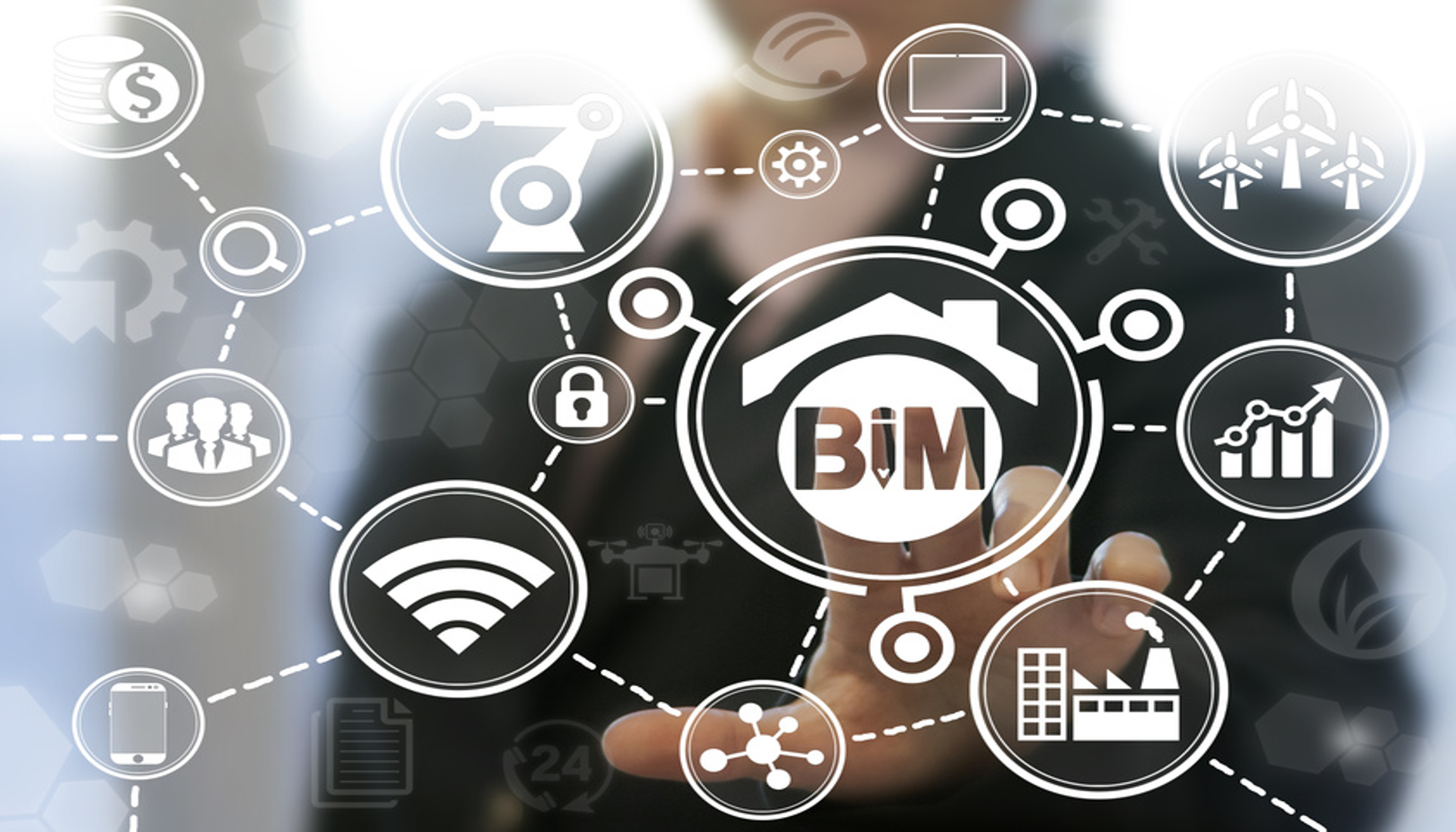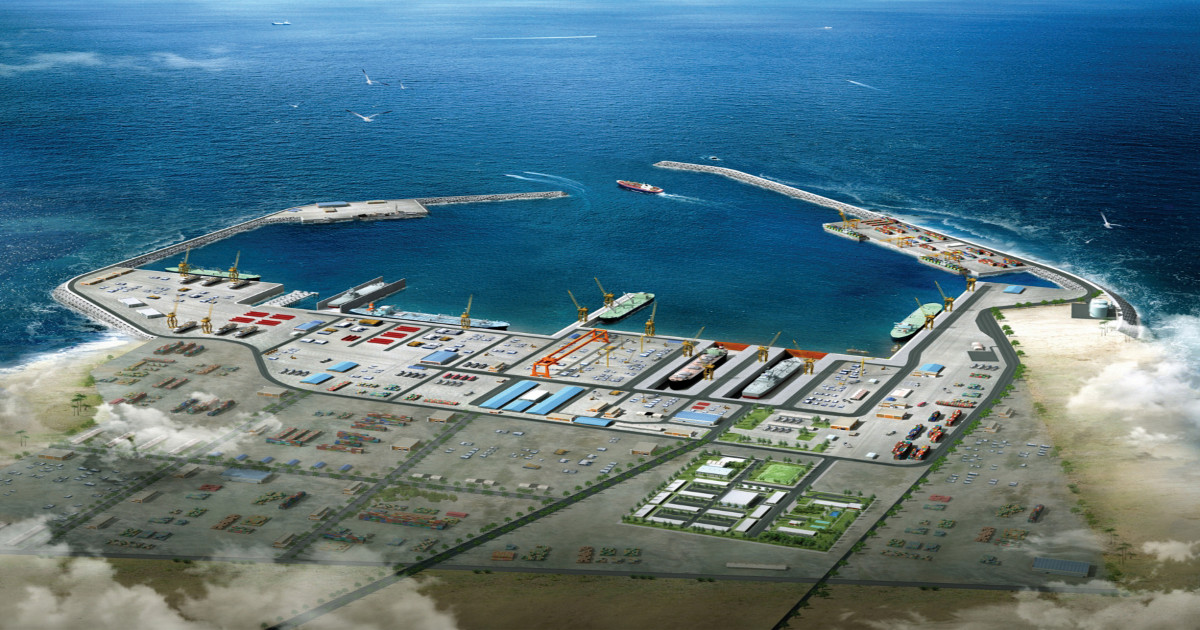If you are considering making the switch from using CAD as a basic drawing tool to an advanced, 3D BIM implementation, you may be feeling overwhelmed by the amount of options available. Deciding on the best program for your needs can be difficult, as well as having lasting (and costly) consequences for future projects. Here are five of the most important issues to consider when evaluating BIM software.
1. 2D and 3D Drawing and Modeling Accuracy
One of the first questions to ask is how accurate your new drawings need to be, in both 2D and 3D. The same object drawn in two different software packages will often have a different volume due to the varying methods which the software uses to create models. This is especially true for curved shapes, where the modeled object may not have a totally smooth surface.
If you require the highest level of precision in your designs, your software needs to be able to model it, ideally with a minimum amount of effort. A solution such as Allplan Architecture or Allplan Engineering offers easy modeling with maximum accuracy for greater confidence in your design, quantities, and cost estimates.
2. Ability to Define Properties
What differentiates BIM from just CAD is the ability to specify physical and functional properties of objects. This data is what creates an intelligent BIM model, as opposed to merely a 3D representation of your project. Essentially, it is like creating a database of information attached to your model components, something your prospective BIM software should be capable of doing.
Allplan solutions achieve this with the use of component attributes, allowing you to specify graphical as well as non-geometric data as well, for a complete BIM model.
3. Ability to Create Reports
Once your data is in the model, it needs to be accessed quickly and easily. Typically, this will be in the form of a report or schedule. The most common reports designers require are material quantities and cost estimates, or potentially bar bending schedules. With the right solution, creating these reports from the model is a byproduct of the modeling process rather than additional work.
In Allplan, reports can be created with the click of a button, even complex schedules such as those required for bar bending. The time saved from automating these reports on project after project soon adds up.
4. Visualization Capabilities
What visualization capabilities do you require? Many people find it difficult to imagine a finished building from a set of 2D drawings. However, with a 3D BIM model, projects can be brought to life and easily visualized, whether for marketing purposes or for virtual applications. You may also need to virtually construct projects to check buildability, lighting conditions, or site compatibility.
Using the powerful CineRender engine from MAXON that is integrated into Allplan allows you to create high-resolution rendering, as well as tracking shots and shadow studies.
5. Compatibility
Who else do you typically work with? Project teams are generally made up of several different disciplines and external parties, some of whom may use specialist software or alternatively, have access to only basic programs. Being able to share data that is compatible with a range of programs and contains all the required information is an essential part of project delivery, and your prospective software should support this. Data exchange is even more critical in a BIM environment, where collaboration and data sharing are required for BIM Level 3.
Being able to choose any software solution but still share information is the principle behind openBIM. Allplan achieves this with the use of Industry Foundation Classes (IFC) data exchange interfaces, allowing cross-platform collaboration without losing valuable data.
Conclusion
Making the switch from CAD to BIM is a big leap – but one in the right direction. Make sure you choose the best solution for your needs by taking these five factors into consideration. If your chosen program can check all these boxes, then you are well on your way to successfully transitioning to BIM and future-proofing your business.









